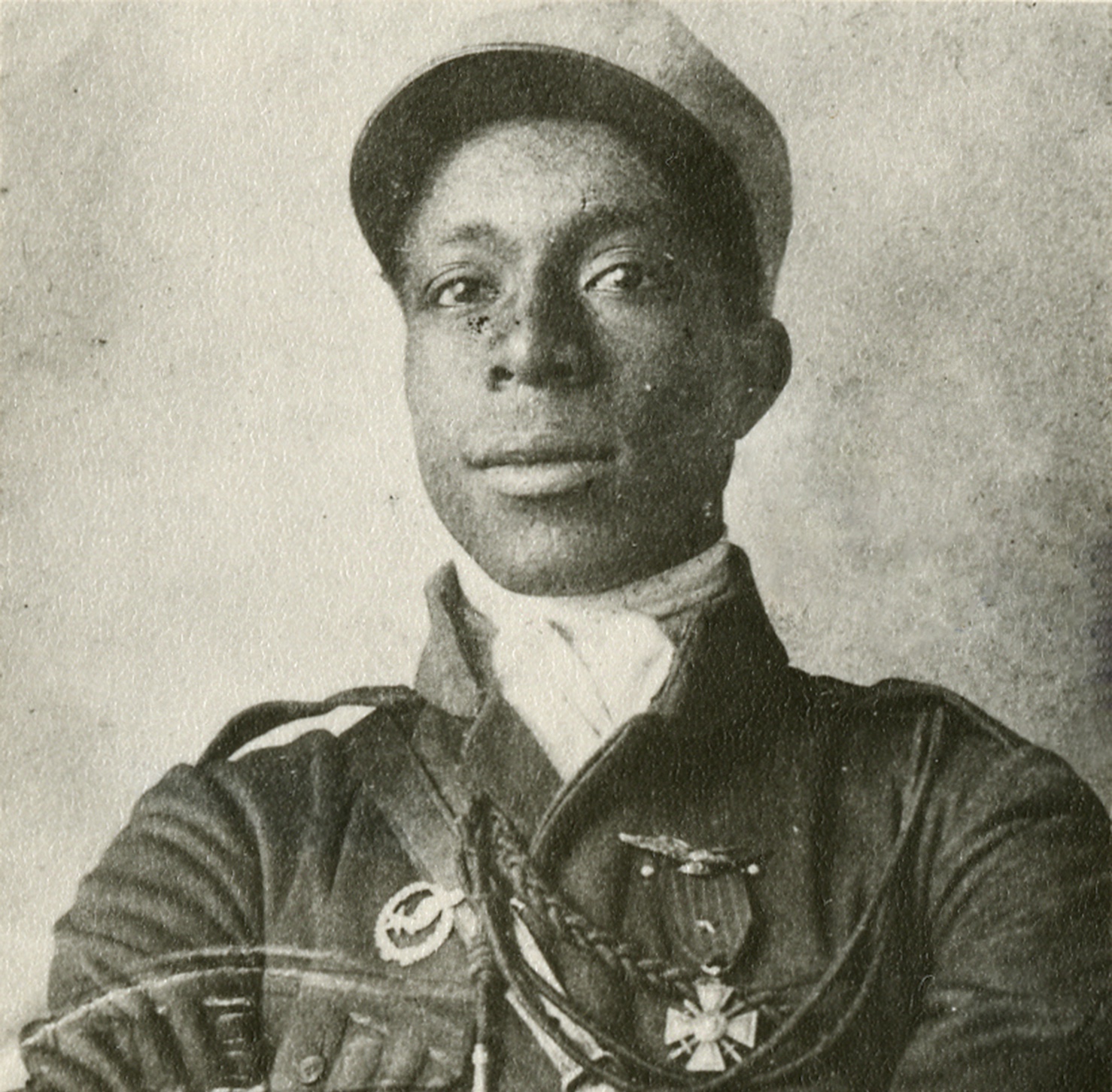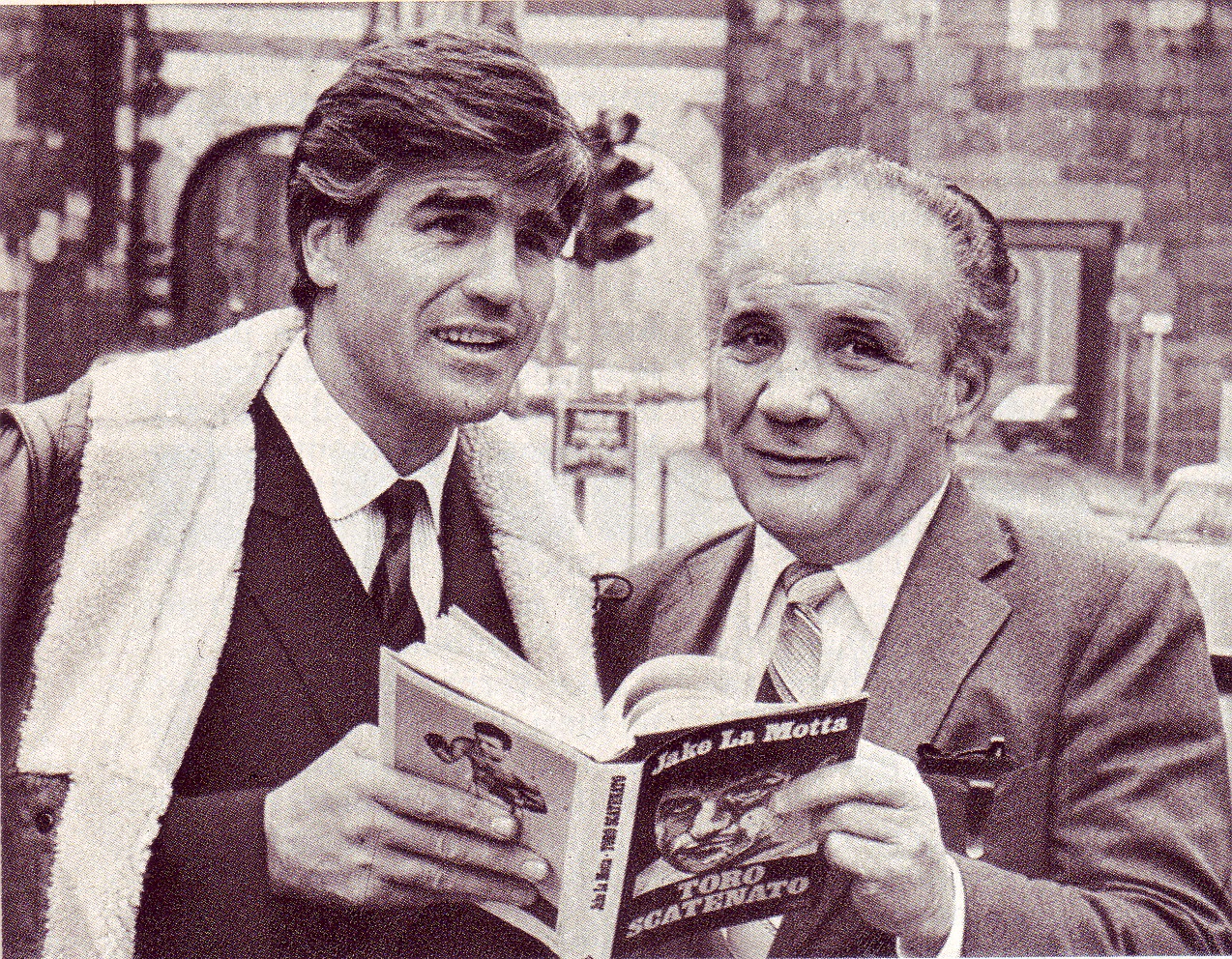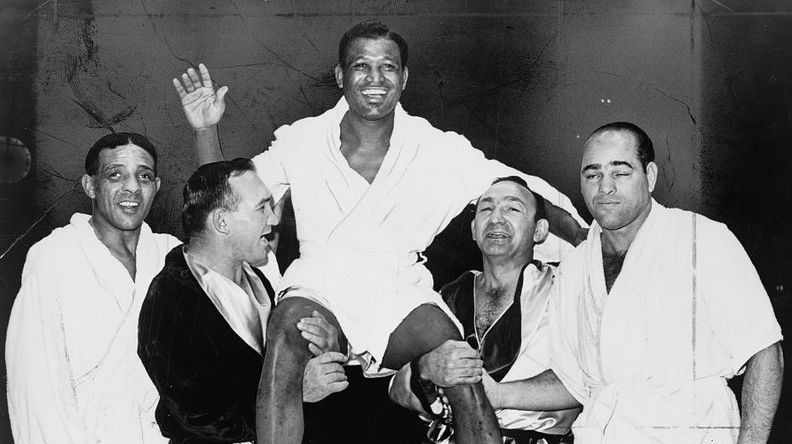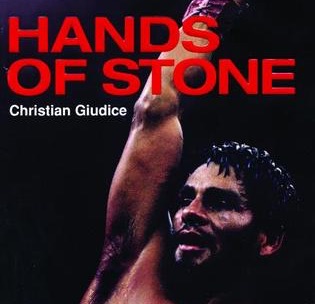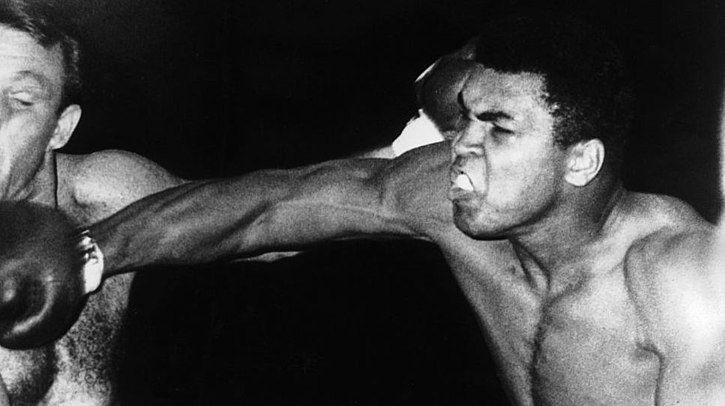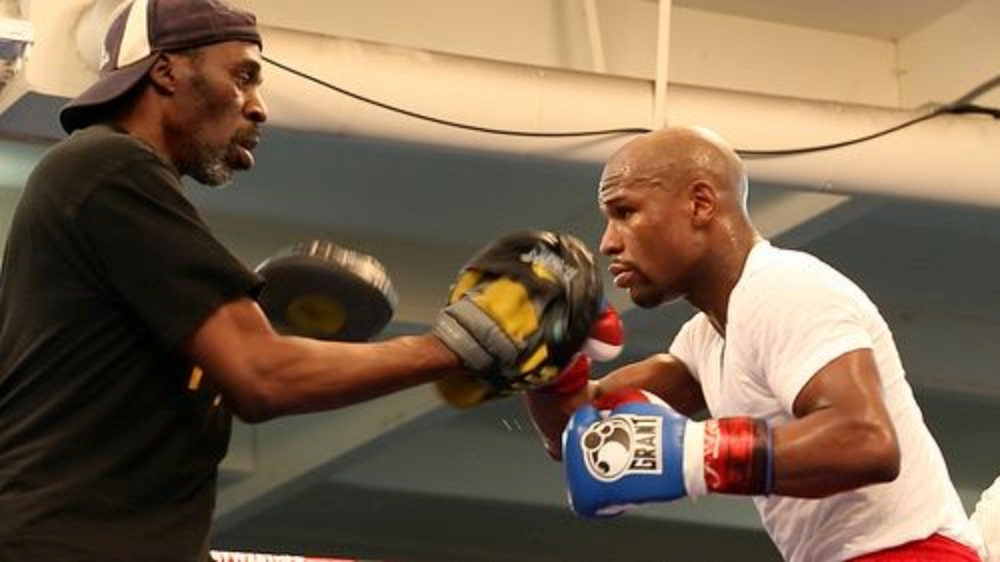The sport of boxing is a fascinating thing. A marquee boxing match is a culmination. For the once-great boxer who fell on some hard times, a match could be the staging ground for a comeback. A win would be the reward for making it through self-doubt and painful circumstances.
For a young boxer looking to make a name in the boxing scene, a match with a well-known opponent could be their entry into the world stage. A win would be the result of hard work and the mental strength it took to push themselves to excellence.
Why Boxing Biographies Make Such Good Reads
Boxing is a means to an end. For the enthusiast, it is a way to keep fit, learn self-defense, and deal with stress. For a young kid with limited options, boxing can be a way out of a bad situation.
It can be the key to a better life. With talent, hard work, and a good support system, boxing can propel an unknown person to the heights (and pitfalls) of success.
It then follows that boxing is about much more than the big-name events, or the hype that surrounds them. Behind the cameras, the lights and the famous fans are something less glamorous and in many ways, more meaningful.
There is the real-life man behind the legend, the one who the public will rarely see. There’s also that man’s struggle and triumphs, in the boxing gym and outside of it.
In some cases, the man can become an agent of change and a voice for the ignored and unheard. The most gripping biographies chronicle events that happen against a backdrop of war, the civil rights era, or some equally tumultuous time period.
That is why a good boxing biography is so compelling. It serves as a bookmark that rests between history’s pages. The best biographies paint a complete picture of boxing: the sport, the institution, the icons, and the real people that exist in its sphere.
Here are some of the best and most insightful biographies:
1) All Blood Runs Red: The Biography Of Eugene J. Bullard
This biography is the story of a man who was more than just a boxer. Born to a former slave in Columbus, Georgia, Eugene J Bullard lived a full life, rising above his background in the Jim Crow South. As a pre-teen, Bullard stowed away on a German freighter, making his way to Europe and far away from Jim Crow America.
In London, Bullard made a living through boxing and performing. He later moved to Paris, where he continued to earn a living by boxing. There, he operated a nightclub to supplement his income. And then World War One happened.
He joined the French foreign legion and at some point during the war, served as a gunner in the foreign legion air force. He also served in WW2, until he sustained a serious injury. He returned to the US, where he joined the civil rights movement.
The biography is an interesting examination of boxing as a tool that allows talented athletes to earn a living and make a better life for themselves. The book also illustrates the intersection of boxing, art, and social change. It is an interesting read that uses boxing to punctuate the historical realities that set the course of Bullard’s life.
2) Raging Bull: An Autobiography By Jake LaMotta
This biography is the source material for an Award-winning movie of the same name. Raging Bull has to be one of the most respected movies of the twentieth century, with a cast that belongs in the actors’ hall of fame.
The biography tells the story of Jake LaMotta in his own words. The man is a talented boxer that participated in some of the most impactful boxing matches of the twentieth century. He had a unique style of crowding his opponent in order to land hard punches, often exposing himself to a well-aimed blow. This earned LaMotta a reputation as a bully, and the nickname ‘Raging Bull’, hence the title.
Raging Bull is an engaging autobiography that is brutally honest and kind to the subject at the same time. That is no mean feat, given that the subject wrote the book himself. Jake LaMotta was a good boxer. Good enough to floor Sugar Ray Robinson multiple times, yet his out-of-control personal life kept him from reaching the heights of some of his contemporaries.
This fact is aptly captured Robert DeNiro’s take on LaMotta as he recites the ‘I could have been a contender’ speech from the movie Waterfront. As it turns out, his frequent opponent had a similar story, albeit with a better (or worse) outcome, depending on how you look at it.
3) Pound For Pound By Herb Boyd: A Biography Of Sugar Ray Robinson
Biographies about Sugar Ray Robinson are few and far between, but the man is the kind of boxer that deserves a mention. Sugar Ray’s talent for being elusive seems to translate outside of the ring as well. So this portrait by Herb Boyd, with as little input as Sugar Ray could get away with giving, is one of the few you will find.
The biography goes over Robinson’s career, just barely. As an example, it mentions, rather than describes, the famous matches that made Sugar Ray a legend, which is regrettable, seeing as Robinson went up against the best boxers of his time.
That said, the book is somewhat balanced. You get to see the talent, charm, and wit of Robinson, along with his flamboyant lifestyle and his long-term abuse of two of his ex-wives. What the biography fails to do is try to reconcile the different aspects of Sugar Ray’s personality.
There is another interesting takeaway from the book: Sugar Ray’s views on career and finances. As Robinson’s long-time friend Joe Lewis returns to the ring long past his prime, Sugar Ray reflects that he would not want to end up in the same position.
Despite owning a string of businesses in Harlem at one point, Robinson’s lifestyle eventually puts him in the same position. This is a fate that many athletes, past and present, risk, and ultimately meet.
Biographies tend to be one of two things. They are either good, sometimes glowing portrayals of the subject. Such is the case of autobiographies like Sugar Ray’s autobiography with Dave Anderson. It is an informative, well-written book that is a joy to read.
Or the autobiography can be a little less forgiving, like Pound for Pound. The issue with Herb Boyd’s work is that he seems to be completing a chore as opposed to writing a biography.
If you love how Sugar Ray Robinson turned boxing into an art form, you should move away from the strict format of a biography. Instead, try ‘The Sweet Science’ by A.J. Liebling. This book is a collection of data that focuses on the genius of Sugar Ray, the fighter. It is a great read that will hold the attention of the boxing technician in you.
4) Hands Of Stone: The Life Of Roberto Duran
There are few boxers blessed with the longevity and versatility of Roberto Duran. Born in Panama in 1951, Duran came into the world with a rare skill: The ability to rise above the many pitfalls that come with a career in boxing. His boxing career spanned five decades. He was active from 1968 to 2001.
Roberto Duran threw devastating punches in his day, hence his nickname ‘Manos de Piedra’, or ‘Hands of Stone’. The fact that he won titles in every weight class earns him a spot on the list of the most prolific boxers of our age.
Journalist Christian Giudice writes the first biography of this accomplished boxer under the title: “Hands of Stone: The Life and Legend of Roberto Duran”. The story describes Duran’s tough childhood in Panama and identifies this experience as the thing that pushes him towards boxing.
He starts his boxing career in the sixties and goes on to fight notable contemporaries like Sugar Ray Leonard. The biography details his progress as he moves from one weight class to the next. You see him work to hone his skills and improve his discipline, with marked results.
As boxers go, Roberto Duran enjoys some stability, which allowed him to keep practicing the sport he loves for decades. The biography is a window into a long and successful boxing career that also has its low points.
5) Undisputed Truth: Michael Tyson’s Autobiography
An autobiography is revealing. The reader can learn a lot about the storyteller by what they share and what they choose to hold back. Better still, the way a person tells their story: The words and phrases they use, their thoughts on a situation or their explanations for certain behaviors, allows us a glimpse into the person’s world view.
All this applies to Mike Tyson’s biography, which is ghostwritten by Larry Sloman. Tyson’s upbringing, professional victories, substance abuse, and felonies are all a matter of record. Many events in his life made the front-pages of all the major newspapers and tabloids. The events of Tyson’s life is not the reason you should read this book.
This autobiography is a stream of consciousness. There is a palpable sense of chaos, danger, anger, hilarity, and self-destruction in the pages. You should read this book for a sliver of insight into the psyche of a man who has won, lost, and regained more than most people can attain in a lifetime.
6) Ali: A Life
He’s right up there with the icons of the twentieth. His name is mentioned in the same breath as Mandela, Martin Luther King, and other greats. So, which of his several biographies captures the breadth and depth of the man?
Jonathan Eig wrote ‘Ali: A Life’ after the death of the boxer in 2016. He released the book in 2017. The book is an in-depth portrait that takes you through the early years of Cassius Clay. You see him at home, beloved by his mother and siblings. You also see him at school, where he struggles but makes it through by sitting next to the clever kid in class.
You see him take up boxing, win fights, change his name, and spend the best years of his boxing career doing public speaking instead of boxing. The Vietnam war, the civil rights movement, and identity are recurring themes in the autobiography.
As is the man behind the icon. The biographer walks you through the different aspects of the person of Muhammad Ali. You feel the kindness and love as he interacts with his family and his fans. You see his ferocity and anger in the ring, more so when he fights the man who keeps calling him by his discarded name.
You also see his capacity for cruelty in the way he treats his opponents and, sometimes, those closest to him. There is one constant to all the different faces of Ali. He was stubborn and brave. He did not conform to the mold set up by the racially divided culture he was surrounded by. He gave up the best years of his career to stand up for himself and his people.
The famous quotes of Muhammad Ali are prominent features. Through them, you start to understand that this man would be a master marketer in another life. In the age of social media, he would be the one starting viral hashtags and writing posts worth millions of likes.
Jonathan Eig has a way with words, much like Ali. His description of the important fights in Ali’s career will even capture the attention of someone with zero interest in boxing. Each fight progresses through the rounds and takes you through each feint and each tactic, transporting you right to the side of the ring.
This book came out a year after the death of Muhammad Ali. You see him at the opening ceremony of the 1996 Olympics and you get a sense of how fully this man lived. You also see the impact his life had on those he left behind.
Boxing biographies are full of inspiration, exciting moments, and cautionary tales. They remind you to seek balance in the face of triumph and failure. Grab any of the biographies listed above when you get a chance. They make for an interesting read.
You may also like:
Boxing Essentials: Understanding The 10-Point Must Scoring System

